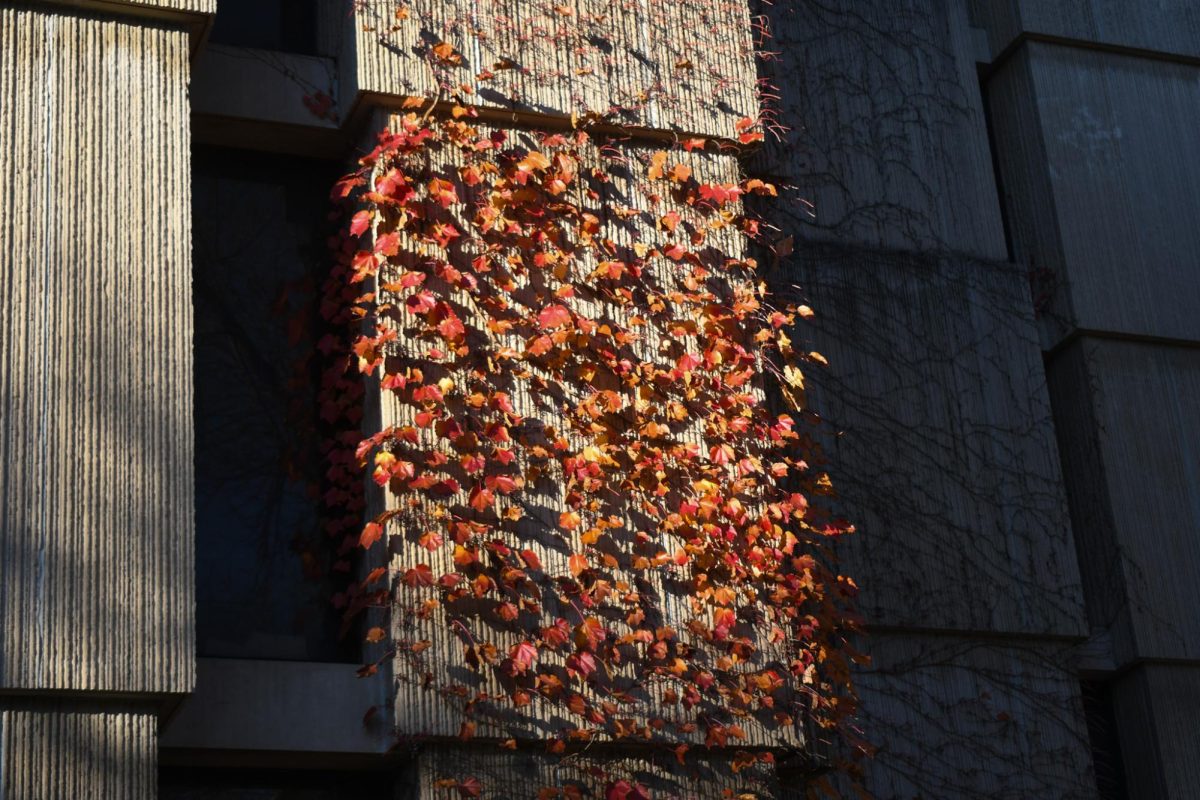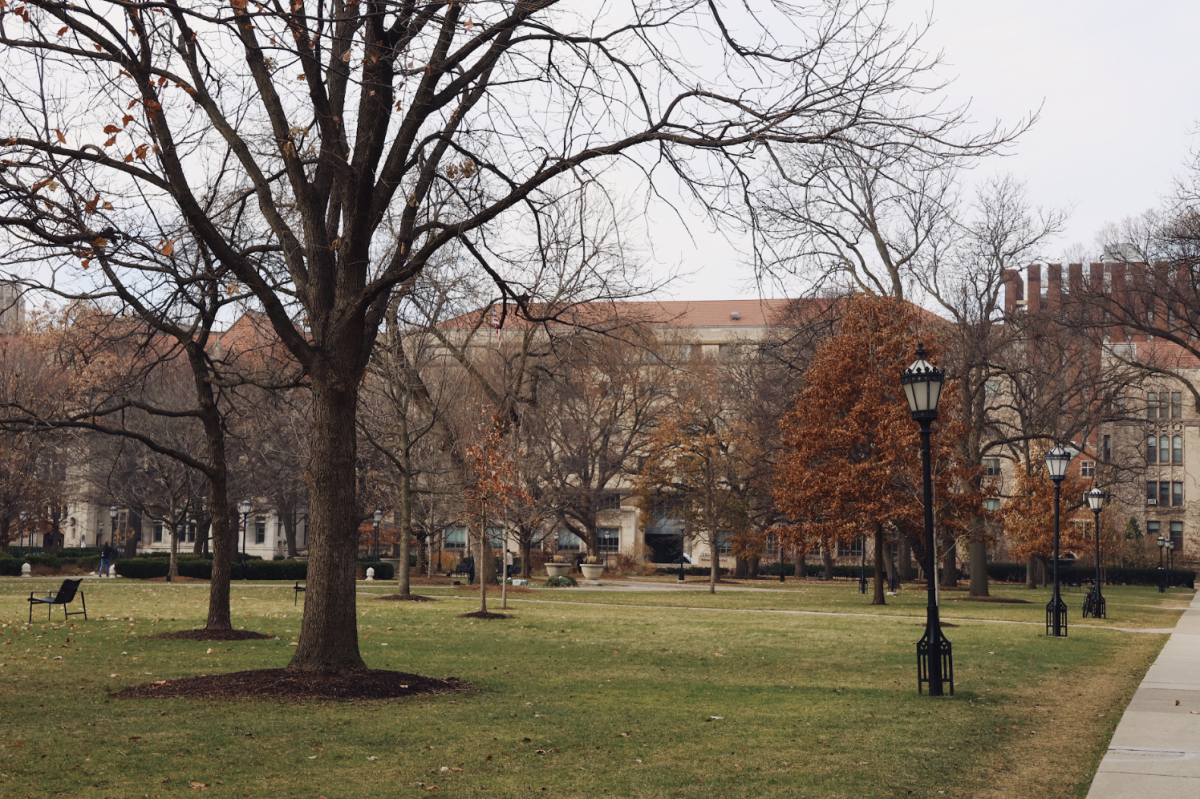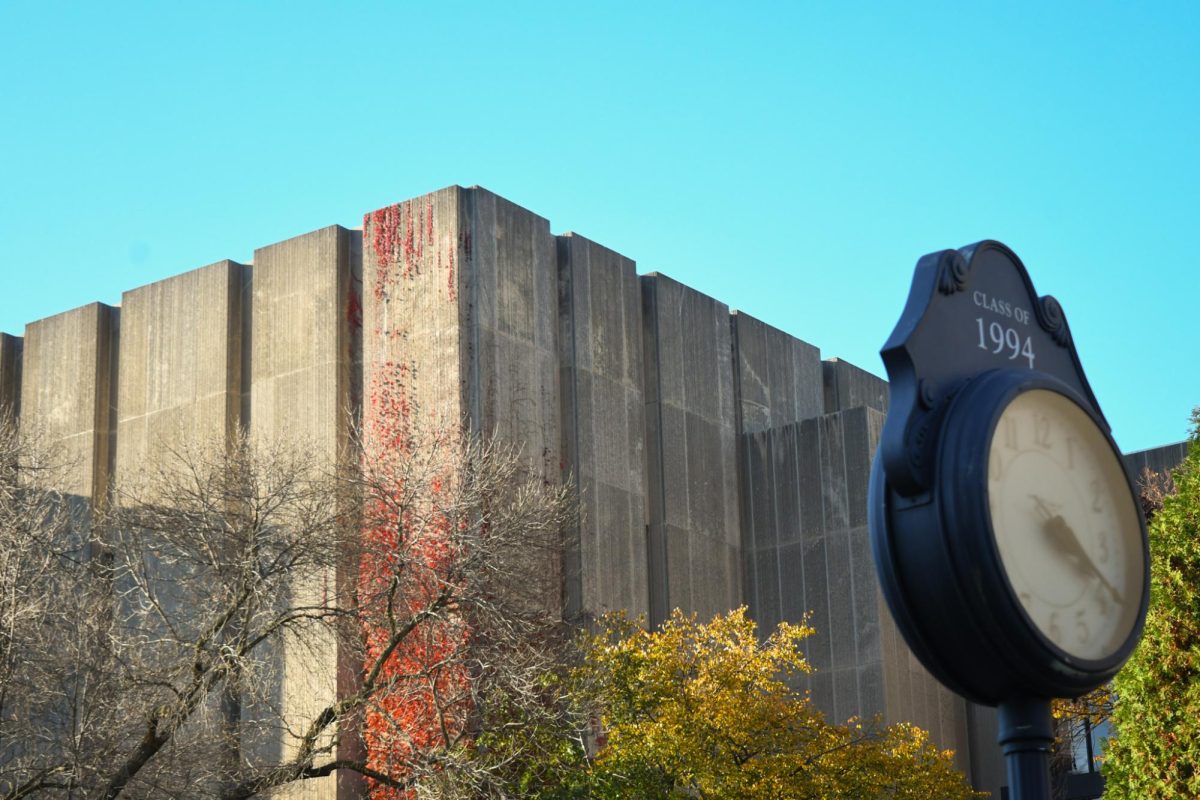This past Saturday, the SASA show went pretty much as expected. People came, ate dinner, and watched a few dances and vocal performances. There was a slight hiccup when we found out about the loss of our show videos, but we got around that. Most of the attendees seemed to enjoy themselves, and the participants were happy with their performances. Sure, this is the general outline of recent SASA shows (and most cultural shows, for that matter). But that doesn’t mean the show itself is not significant or that this general formula applies to all of SASA’s activities.
On the eve of the show, the Maroon published an op-ed that pointed out our inability to accurately represent traditional South Asian culture, both in our show and in other events. While we see the merits of the author’s argument, we disagree with his basic premise.
SASA is, first and foremost, a student organization. We represent students—we are students—and our events are crafted to provide students with a wide exposure to South Asian culture. That said, we don’t claim to represent all South Asian cultures at all times, especially within the time constraints of a two-hour show. Rather, we aim to represent the cultures of the students with whom we interact, whether they come from South Asia, the South Asian diaspora, or elsewhere.
The SASA board tries to avoid imposing any definition of culture onto the organization. We assume primary responsibility for organizing events, but we draw inspiration for them from the SASA community: Members approach us with ideas for events to host and topics to discuss. For example, SASA leadership does not determine the acts in the show; members submit proposals, and we simply screen these proposals to avoid redundancy and ensure the quality of the production. Our foremost aim, especially in recent years, is to present the most diverse array of artistic performances we can. We hope this was apparent in this year’s show, which featured new acts such as belly dancing, kathak, and a vocal ensemble. We made a special effort to recognize multiple South Asian countries by playing their respective national anthems at the beginning of the show. Even our performers—students in the College, ethnomusicology graduate students, medical students, and even alumni—came to us from different parts of the university community.
Moreover, the last two SASA show teams have strived to modernize the SASA show, intertwining traditional South Asian elements with current campus culture. This year’s show, The All-Nighter, placed the quintessential UChicago experience of pulling an all-nighter within the context of producing and performing a cultural show. We hope to continue moving forward in this way to continue to make both SASA and the show more relevant to students.
Aside from sharing the performance traditions of South Asia, we believe that SASA should serve other purposes on campus. Not all South Asia–related events or topics fall onto our radar, but we make our best effort to promote those that do. For instance, we used publicity generated from our annual show to draw attention to the fact that South Asian donors are underrepresented in the national bone marrow registry; in partnership with Be the Match and Pritzker medical students, we encouraged community members to register as bone marrow donors. Additionally, guests of the SASA show had the opportunity to interact with and view objects in the Smart Museum’s Sahmat exhibit, a display of pieces that promote social and political activism in India. Although many audience members will likely remember the lively performances of UChicago Bhangra or Chicago Raas, we hope that our show also had a lasting impact offstage.
Throughout the year, we aim to engage the community through partnerships with other RSOs, such as the Hindu Student Sangam and Muslim Students Association. These partnerships expose the campus community to more aspects of what can be called South Asian culture. We celebrate the festivals of Diwali and Holi in ways that allow community members to engage with these holidays beyond their religious dimension. In collaboration with the South Asian Law Students Association, we cohosted a film screening and discussion concerning sexual violence and legal change in India.
We’ve told you some things we’re proud of. But here is a question we struggle with: As a cultural RSO, how do we balance authenticity with accessibility? We don’t want to alienate anyone by presenting an intricate, nuanced view of South Asian culture that might seem intimidating or exclusive. At the same time, we don’t wish to stray so far from our South Asian roots that they are no longer recognizable. We admit that some of our activities can seem reductionist, but this is because we strive to include as much of the university community in our events as we can.
This opens up a broader dialogue about the role that cultural RSOs play within our community. Again, as the SASA board, we do not presume to define any culture, be it that of South Asia, that of UChicago, or something in between. Although we don’t have answers to these questions, we do have the means to promote and host events in which our members express interest. We celebrate UChicago’s spirit of free and critical inquiry and always invite suggestions: Choreograph an act, propose a speaker, suggest an event! We welcome participation from all members of the university community.
Trisha Macrae, Amita Prabhu, Anum Qadir, and Ayushi Shrivastava, are students in the College.









